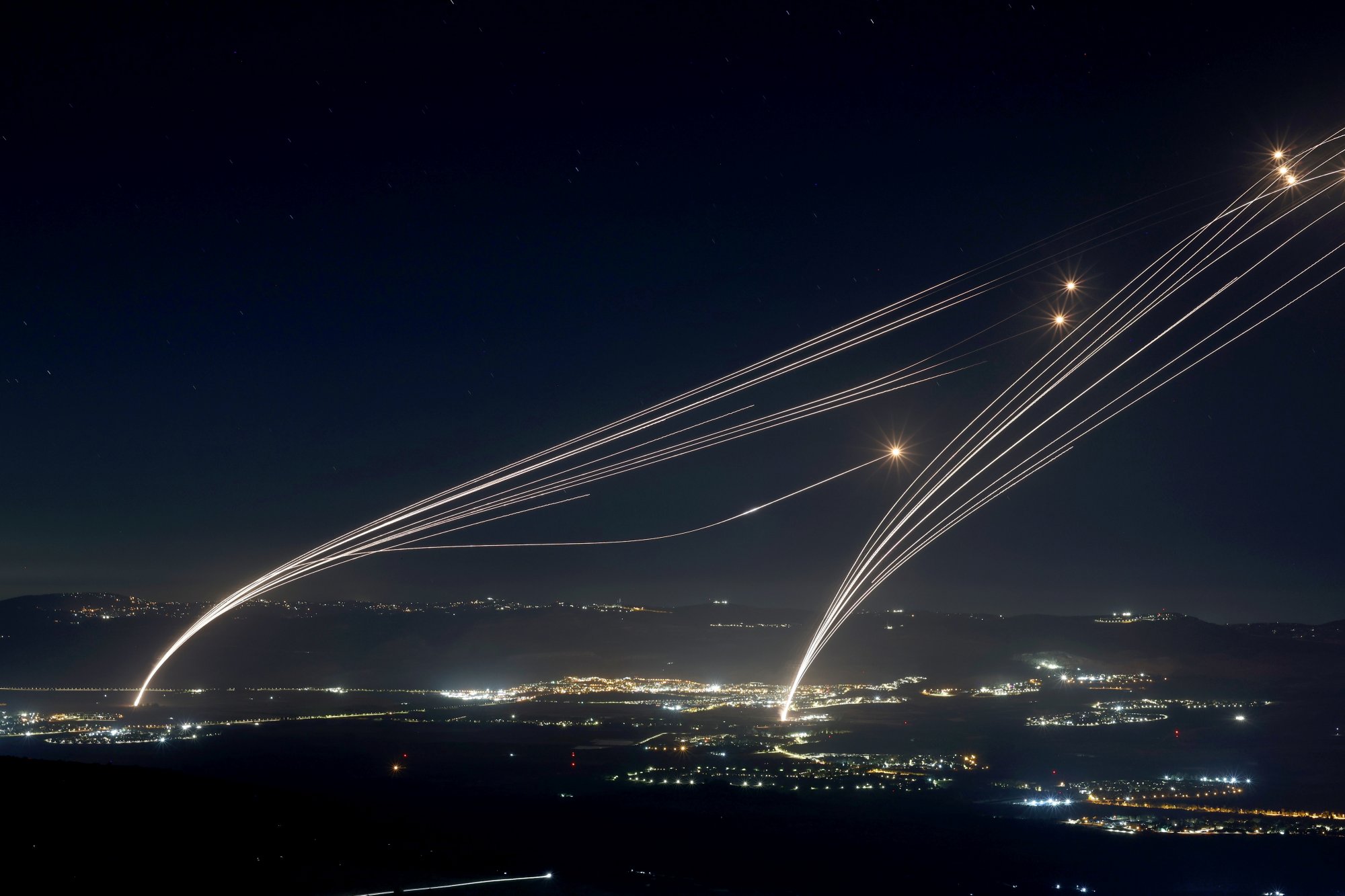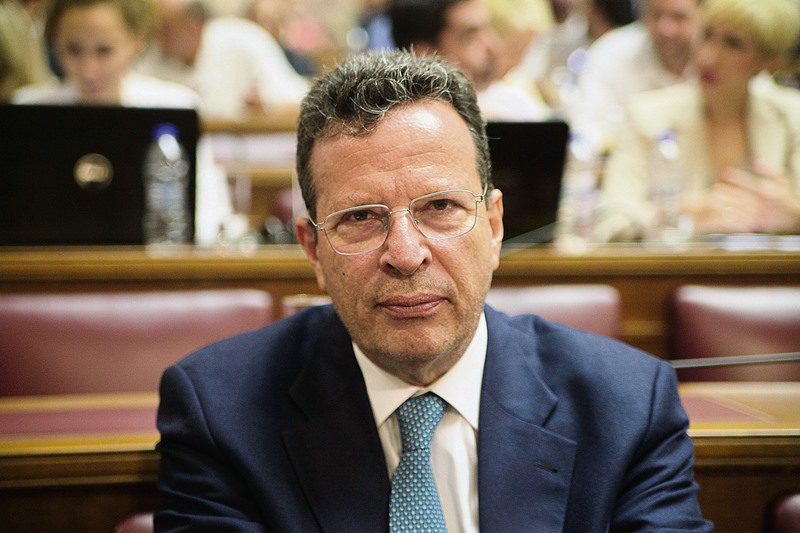A last-ditch effort to save Gaza truce talks has been taking place in Cairo since the day before yesterday, as Israel’s northern front with Lebanon’s Hezbollah dangerously flares up.
The leader of the Islamist movement, Hassan Nasrallah, announced on Sunday afternoon (22/8) that his organization had targeted an Israeli military intelligence base, 110 km inside Israeli territory and 1.5 km from Tel Aviv. in the context of the wide-scale attack launched in the morning of the same day.
Hezbollah says it’s conducted ‘phase one’ of its retaliation against Israel by firing hundreds of rockets to avenge the killing of military commander Fuad Shukr.
Israel says it detected the plans ahead of time and launched ‘pre-emptive strikes’ on southern Lebanon. pic.twitter.com/6Xc54jcI8C
— Al Jazeera English (@AJEnglish) August 25, 2024
Hezbollah attacked to avenge the death of one of its senior military commanders, Fouad Shukr, who was killed in an Israeli strike in the southern suburbs of Beirut on July 30. It was preceded by a pre-emptive strike by Israel when its secret services managed to learn of the preparatory actions of the attack.
The IDF has released black-and-white images showing a blast and smoke rising from what the Israeli military said was a ‘pre-emptive’ strike at a location given as southern Lebanon.
Read more: pic.twitter.com/8PvJ2hMrbx
— Sky News (@SkyNews) August 25, 2024
Ceasefire talks are in limbo
The US, which together with Egypt and Qatar are the mediators between Israel and Hamas, is trying to promote a “bridge proposal”, which will bridge the gap between the two sides who blame each other for the collapse of the previous rounds of the conversations.
However, the Hamas delegation left Cairo tonight, said Ezzat Risk, one of its officials, rejecting the terms of the deal. Although the details of the negotiations have not been officially released, the main problem appears to be the withdrawal of Benjamin Netanyahu from the initial proposal for a cease-fire, which had been approved by the UN Security Council, and his insistence that Israel retain control of two important “corridors” in the Gaza Strip, Philadelphie (along the Gaza-Egypt border) and Netzarim (which “cuts” the Strip widthwise about halfway through). The Israeli prime minister claims that weapons are being brought into Gaza through Philadelphie and if he withdraws Israeli troops from the border corridor, Hamas will rearm. Both Egypt and Hamas object to the Philandelfi Corridor being under Israeli control.
Meanwhile, Israeli military operations in Gaza continue, displacing thousands of already displaced Palestinians and adding to the 40,000-plus dead. The continuation of hostilities underscores the failure of ceasefire talks.
It also brings to light and exacerbates the divisions within Israeli society. Last Wednesday, hundreds of ultra-Orthodox Israelis demonstrated against their recently introduced conscription (while exempt from the military for decades), and clashed with counter-protesters and police. The reactions of the ultra-Orthodox embarrass Netanyahu, whose government is supported by ultra-Orthodox parties but also by ultra-nationalists who oppose the exclusion of the ultra-Orthodox from the military.
The Israeli prime minister is also at loggerheads with the families of the hostages who are insisting on a ceasefire deal to free their loved ones who remain in the hands of Hamas. Relatives of the hostages continue to protest in Tel Aviv, blaming Netanyahu for failing to reach a truce in exchange for the release of the hostages.
The US is building up its forces
The visit of the US Secretary of State Anthony Blinken in the region, which was concluded at the beginning of the week, did not break the deadlock in the talks. The president Joe Biden fervently wishes for an end to the war in Gaza before the US presidential election, which would bring more general calm to the wider region where the situation remains unsettled pending retaliation by Iran and its allies against Israel over the recent assassination of the political leader of Hamas, Ismail Haniyafrom the Israelis in Tehran.
Uncertainty in the outcome of the talks to reach a truce caused the Americans to strengthen their military presence in the region. Biden had a phone conversation with Netanyahu last Wednesday, with the vice president in attendance Kamala Harrisduring which they discussed Washington’s support for Israel against threats from Iran and its allies.
The sentence and its… variations
On the most important issue, the truce negotiations between Hamas and Israel, there is confusion and pessimism. The American side states that Israel has accepted the amended proposal and that we are close to an agreement, Netanyahu denies this with his statements and actions and Hamas claims that it had accepted the original proposal but Israel made new demands and the Americans they modified.
The first phase of the plan includes a six-week ceasefire, the exchange of hostages with Palestinian prisoners in Israeli prisons and the return of residents of northern Gaza to their homes. The second phase includes a permanent ceasefire and the third the reconstruction of the Gaza Strip. But then, in July, Netanyahu presented new demands.
The details have not been officially announced. From leaks and scattered statements it appears that Israel wishes to maintain a military presence in parts of the Gaza Strip, such as the Philadelphie Corridor and elsewhere, while Hamas wants a complete withdrawal of the Israeli army. Israel is also asking to have the option to return to war after the first phase of the ceasefire.
An analysis in the “New York Times” cites a former top US official, “with decades of experience negotiating in the Middle East”, who recalled these days the expression used by the former US Secretary of State James Baker: “Dead Cat Diplomacy”. Sometimes, Baker said, “the goal of negotiations is not to find a solution but to push the blame, the mad cat, to your opponent’s doorstep.” The American paper’s analysis concludes that Netanyahu and the new leader of Hamas, Yahya Sinuarare doing just that in the current talks but the Israeli prime minister is doing it more successfully. Sinwar, who succeeded Haniya as the political leadership of Hamas, is one of the architects of the October 7 attack and more hard-line than his predecessor.
#Gaza #hopes #truce #fading #Hezbollah #front


